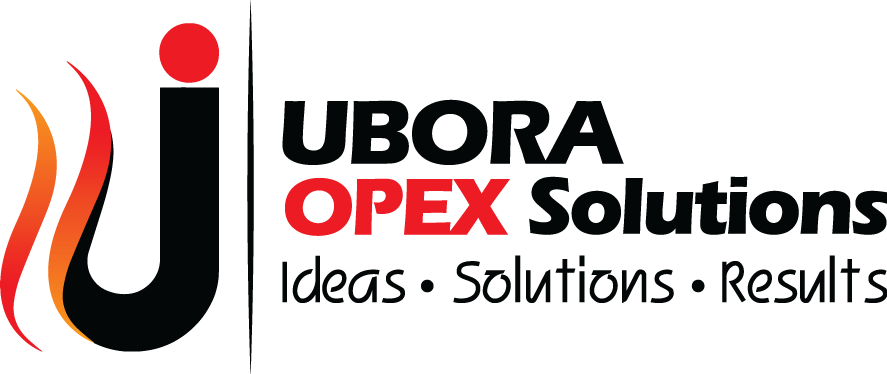
Waste can be a nightmare for many manufacturing companies, eating into profits and slowing down production. That’s where lean manufacturing comes in. Lean manufacturing systems are designed to minimize waste by streamlining processes.
However, getting it right requires more than just following a checklist – it’s about adopting a strategic approach that can transform your operations. In this article, we’ll explore how you can adopt the best practices and boost your efficiency, profitability, and sustainability.
What is lean manufacturing?
At its core, lean manufacturing is a methodology designed to minimize waste without sacrificing productivity. It originated from Toyota’s Production System and has since spread across the globe. The main goal is to create more value for the customer using fewer resources.
The following are the key lean manufacturing principles:
- Value: focus on what your customers value the most and eliminate anything that doesn’t contribute to that value.
- Flow: eliminate interruptions to ensure production flows smoothly.
- Pull: use demand to trigger production, reducing excess inventory and resources.
- Continuous improvement (Kaizen): always look for ways to improve processes – even the smallest improvements count.
With this in mind, it is good to understand that there is no one-size-fits-all solution in lean production. You need to adapt it to the specific circumstances of each business.
Benefits of lean manufacturing systems
If implemented correctly, lean manufacturing can offer a lot of advantages that not only improve your bottom line but also enhance customer satisfaction. Some of the benefits you will get include;
- Increased efficiency and reduced waste. By focusing on what adds value, you to cut down on unnecessary materials and processes.
- Cost saving. With waste minimized, you’ll improve on profitability.
- Improved product quality and customer satisfaction as you focus on producing only high-quality products.
Common challenges in implementing a lean manufacturing system
While the benefits of having a lean process are compelling, it is not always easy to implement. Here are the common challenges you may face:
- Resistance to change: change can be uncomfortable, especially when employees are used to certain processes.
- Misaligned goals: if different departments have conflicting priorities, lean processes are affected, leading to inefficiency and wasted resources.
- Difficulty sustaining lean practices: some companies start strong but struggle to maintain momentum.
To overcome these challenges, your team may need to undergo lean management training. An adaptive corporate culture with clear communication and strong leadership also helps.
Best practices for lean manufacturing system
We spent some time analyzing quite a good number of successful businesses that have adopted lean manufacturing systems and came up with the following best practices:
- Get leadership buy-in: without the support of management, initiatives are likely to fail. Leaders should actively champion lean practices and provide the resources needed for success.
- Lean management training: employees need to understand the “why”, not just the “how.” Create training programs and encourage a culture of continuous improvement.
- Audit and improve processes regularly: assessments should be conducted often to identify areas for improvement and track progress.
- Track performance: lean management requires that youuse data to evaluate performance. Metrics such as production time, defect rates and customer satisfaction should be used to measure the effectiveness of your process.
By embedding these practices into your corporate culture, you’re more likely to see sustained success.
Impact of lean manufacturing on the environment
Besides improving efficiency and profitability, lean manufacturing also has a significant environmental impact. By eliminating waste, it reduces the consumption of raw materials and energy, which leads to a reduction in carbon footprint.
Adopting the best practices we mentioned earlier can help you meet your environmental sustainability goals.
Conclusion
Lean manufacturing processes are most effective when combined with a culture that fosters efficiency and supports continuous improvement. If you’d like to learn more about lean principles to cut waste and boost productivity, here are great resources to get you started.
